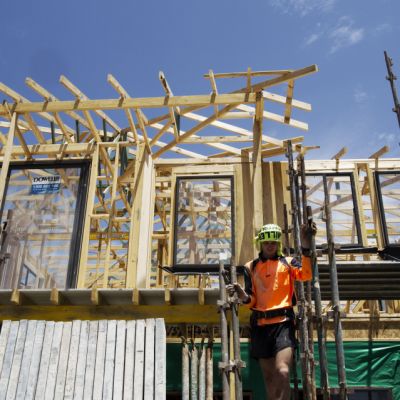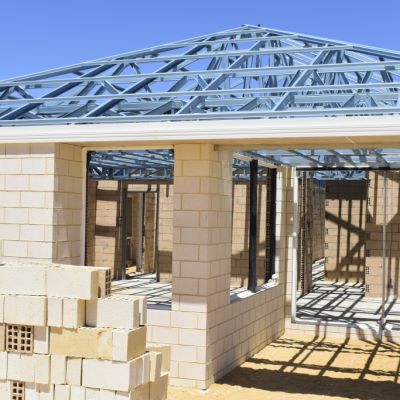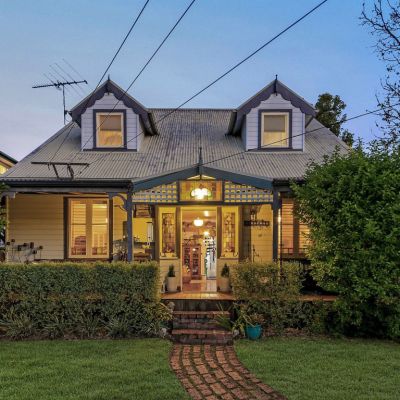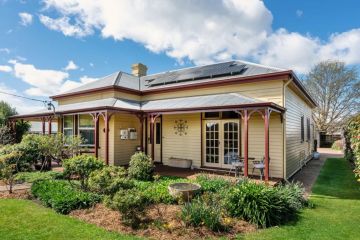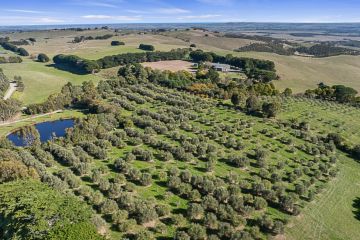Australia's first green home loan records double the expected uptake
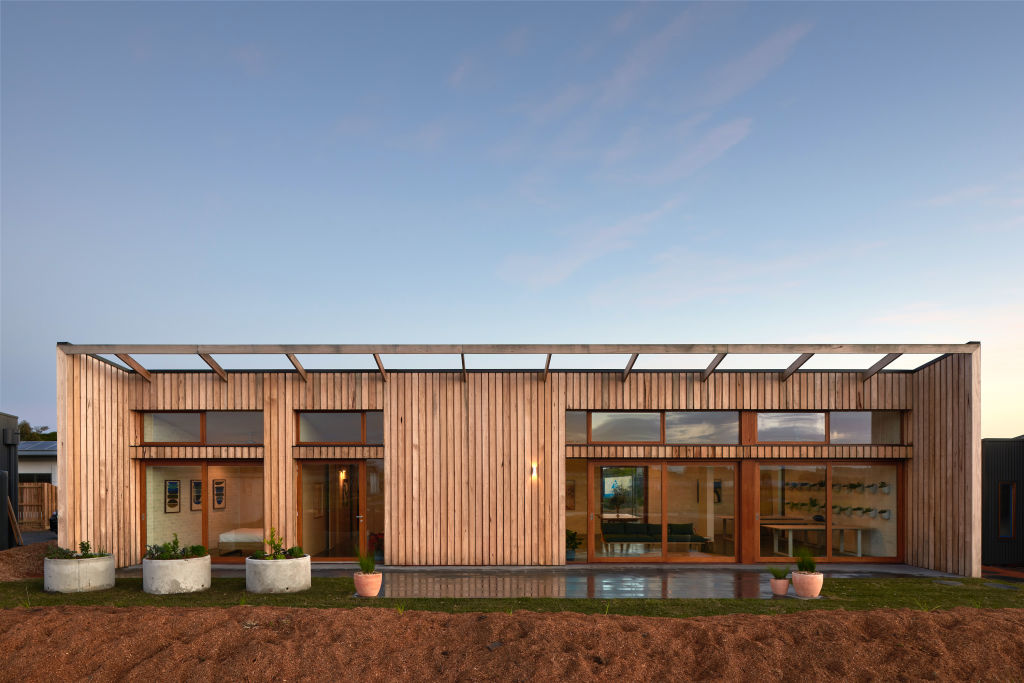
A groundbreaking green home-loan scheme set up to encourage investment in energy-efficient homes has attracted 140 customers in its first year, new figures show.
It is twice as much as expected by Bank Australia, which established the scheme a year ago with the support of the Clean Energy Finance Corporation through a $60 million investment that was later extended to $90 million due to the strong take-up.
But experts warn much more of this type of finance is needed as Australia transitions to a low-emissions future.
Architects of the pilot scheme, which offered discounted home loans for more energy-efficient homes, hoped to attract 70 applicants within 12 months but exceeded its initial targets.
At 140 households, it represents 1.3 per cent of the junior bank’s loan book, according to Damien Walsh, managing director of Bank Australia, who said he expected that to shift over time.
It also represents more than 10 per cent of the overall loan growth this financial year, Mr Walsh said.
He said demand for the Clean Energy Home Loan proved there was an appetite for the product, and announced it would become a permanent fixture as people looked to make their homes more sustainable.
“Ultimately we want to grow the share of our loans that are supporting people to live more sustainably,” Mr Walsh said. “But, more importantly, we want to see more lenders create incentives to make Australian homes green and reward people taking positive climate action.
“We hope the Clean Energy Home Loan is a catalyst for green mortgages to become mainstream in Australia.”
The home loan product will offer a discount of 0.20 per cent for up to five years to customers who invest in high-efficiency standards in their home that meet a minimum seven-star rating in new builds or three sustainable improvements to existing properties. This would include installing solar panels, upgrading insulation or adding double-glazed windows.
Victorian applicants will have to make at least a one-star increase to their home’s energy efficiency, which excludes adding solar panels, due to existing sustainability standards.
In the first year of the pilot scheme, 60 per cent of the applicants built a new home, 35 per cent made property upgrades and five per cent opted to achieve high energy efficiencies to be eligible for a larger discount. This part of the scheme was dropped to simplify the overall product.
A minimum of seven stars under the Nationwide House Energy Rating Scheme (NatHERS) – which rates the energy efficiency of a home based on its design – exceeds the minimum standards of the National Construction Code, and homes built to this rating require less energy for heating and cooling.
In most states and territories, a six-star rating is the minimum standard, which indicates good but not outstanding thermal performance, according to the scheme.
The built environment makes up 23 per cent of Australia’s carbon emissions, half of that from homes, and is a key focus of efforts to transition to a low-carbon future, Mr Walsh said.
But experts said much more was needed, and other banks should follow Bank of Australia’s lead.
The Australasian Centre for Corporate Responsibility’s executive director, Daniel Gocher, said the big banks should also tap into this market, encouraging households to build energy-efficient homes or retrofit old properties.
“This is a huge opportunity for the big four banks to get into this market. It shouldn’t apply to just new homes, either,” Mr Gocher said. “We have a hell of a lot of old homes that need retrofitting … They can easily put all those incentives into a policy.”
Beyond that, he said residential developers needed the same incentives to build sustainable developments as well as having better minimum standards in the first place.
Trivess Moore, RMIT’s school of property, construction and project management senior lecturer and member of the Sustainable Building Innovation Laboratory, said while the numbers were not as strong as he expected, the scheme was a worthwhile exercise in testing the market’s appetite for such a product.
“On the whole, anything that can help as a market mechanism to drive improved sustainability or new or existing housing can only be a good thing as it will help to reduce perceived or real market barriers for consumers,” Dr Moore said.
“As long as the industry doesn’t go and mark up the price of things it should help drive some of that demand.”
He added that the funding could have been spent in other ways to encourage green homes with a wider impact.
For example, the cost to go from a six-star to a seven-star rating using solar panels in Melbourne would average $3000, meaning you could fund this cost difference for 30,000 new homes based on conservative estimates done in 2011, Dr Moore said.
We recommend
States
Capital Cities
Capital Cities - Rentals
Popular Areas
Allhomes
More
